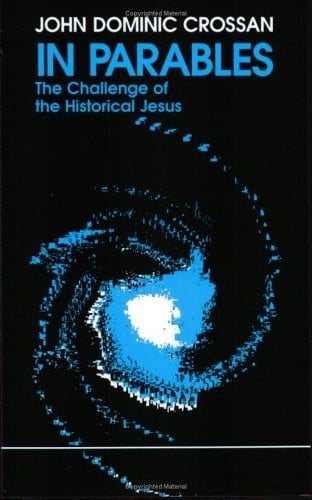Crossan’s work, In Parables: The Challenge of the Historical Jesus, is based on several articles that Crossan wrote separately and has now compiled into a single collection (xi). Rather uniquely, through citations from various scholars and littérateurs, the introduction and conclusion attempt to provide some literary commentary related to different ways of reading parables. The first major section, “Parables and the Temporality of the Kingdom” (3–36), addresses several broad issues related to literary theory, describes what constitutes a parable, and identifies a method for parable interpretation. At this section’s conclusion, Crossan groups Jesus’ parables by what he sees as their three major themes—namely, the advent of God’s kingdom, the reversal of the worldview of the parables’ addressees, and the calling and empowering of the recipients to live and act in concert with God’s kingdom (36). In each of the following chapters, Crossan comments generally about one of these themes and examines at least one parable that, in his estimation, fits that category.
Under parables of advent, Crossan discusses the relationship that the kingdom’s advent and the joy of its recipients have with the kingdom’s manner of growth (37–39, 49–51). He also analyzes the parables of the sower and the mustard seed in detail. Concerning parables of reversal, Crossan distinguishes between parables and example stories, and he comments about how reversal parables relate to paradox and eschatology (54–55, 73–76). As examples of reversal parables, Crossan treats the good Samaritan in detail and several other reversal parables in brief (55–73). In the book’s last, major section (parables of action), Crossan discusses connections between parables and ethics, particularly regarding the necessity of a parable’s addressee decisively to respond to the parable (78–84). For illustrations in this section, Crossan particularly concentrates on the parable of the wicked husbandmen while also including a more cursory discussion of the “servant parables” (84–117).

Leave a Reply